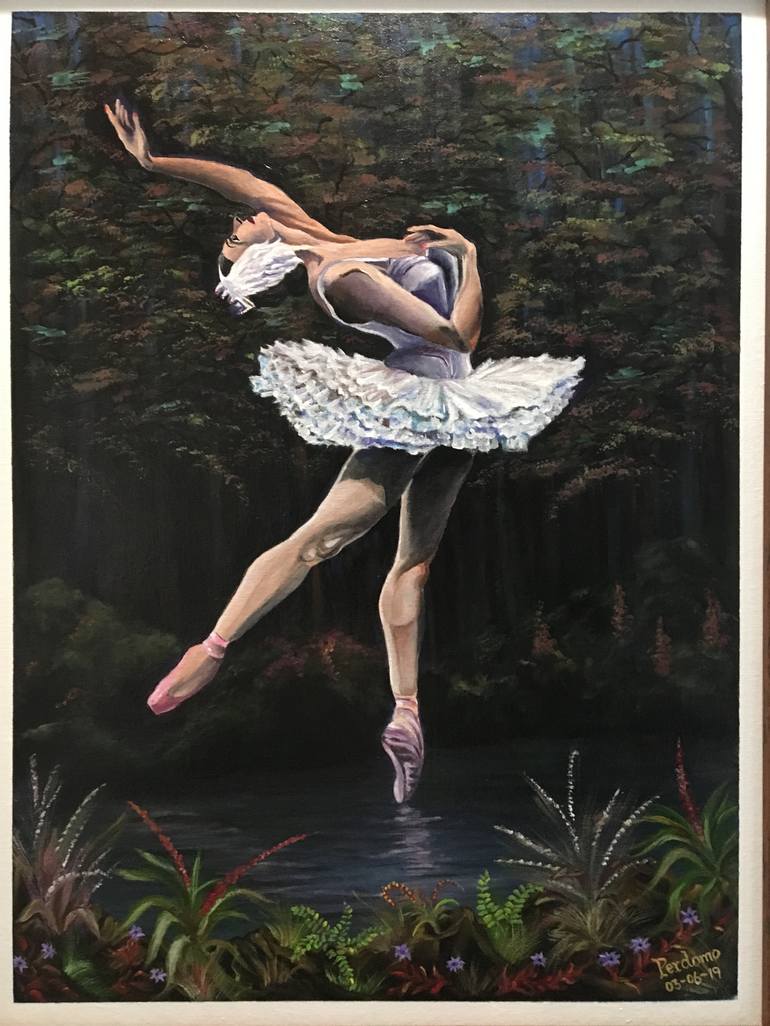Avoiding Dyeing Mistakes
Dyeing tutu's is the toughie, where as satin or canvas pointe shoes pretty much accept any vat of dye, whether natural or chemical.
This article is therefore mostly about, the daunting task to some, of "dyeing tutu's".
However, if you have the time and energy to go for a favorite custom color, well there are a few dyes out there that work on tulle netting.
There are also professional dye houses, available if the do-it yourself method is too intense or risky.
Online Know-how Experts
Thanks to tutu today for recommending the Jacquard brand dyes for dyeing nylon. and relaying the message that polyester fibers are too tough to dye at home. Also to avoid the basic Rit dyes as they tend to go splotchy.
With the experts out there I tried to gather their best info quips.
One way to look at it is to use all-purpose for the nylons and acetates and
and the disperse chemical dye for polyesters as paraphrased from
Melissa Bell's website.
However, she goes ahead with using the all purpose dyes, including the Rit varieties. which are usually found in grocery stores.
Therefore, the verdict on Rit styles are still a mixed opinion, most likely with pass or fail related to the actual colors used.
Material Type
So of course, before buying any dye, first find out what the tulle material or bodice material is made from, remembering: the easier to dye is nylon and the tougher to dye is polyester.Organic and natural varieties
The more costly organic crystals found in health food stores are tempting, just because they are better for the planet. Don't despair though, there is always the "curry yellow", that Turmeric offers, which is inexpensive, and only fades a bit in the sunshine.
Homemade dyes to consider are from:Turmeric, for yellow hues Teas and coffee, for brown tones Natural red beets for dark reds Cherries for lighter reds Blueberries for blue tones Black iris for darker blues and purples Iris roots for greys and black hues. |
Make sure to test a swatch of the material, if you're unsure.
The problems with natural dye will be in getting a bright color and a lasting tone,
but as many just want the color for only a season or a few shows, anyway, muted tones of natural dyes could very well, have a higher chance of being used.
With updates at a later time, to re-dye any faded muted tones into vividness.
but as many just want the color for only a season or a few shows, anyway, muted tones of natural dyes could very well, have a higher chance of being used.
With updates at a later time, to re-dye any faded muted tones into vividness.
Keep in touch though, with the fact that natural dyes are really earth-tone oriented, so, hot bright fushias and bright bright blues are not going to be available, unless serious work is applied to hone the natural colors brighter.
The flower dyes and berries, such as indigo or cranberries, are often the brightest colors over the spices and vegetables.
Correcting Dyeing Failures
In worse case scenarios, with any dyeing failure, whether natural or chemical. Go ahead and make a cotton or satin fabric circle, with its bright dye adhered-to materical, and sew it on top of the tutu, as a topping.Making a softer undertone and a darker or brighter topping tone.
In Pas de quatre video below, it has been stated online; that the coloring technique of the tutu's was only through "Pink Lights". So, bare that in mind... as another option for certain ballets.

Pas de Quatre in Pink :








